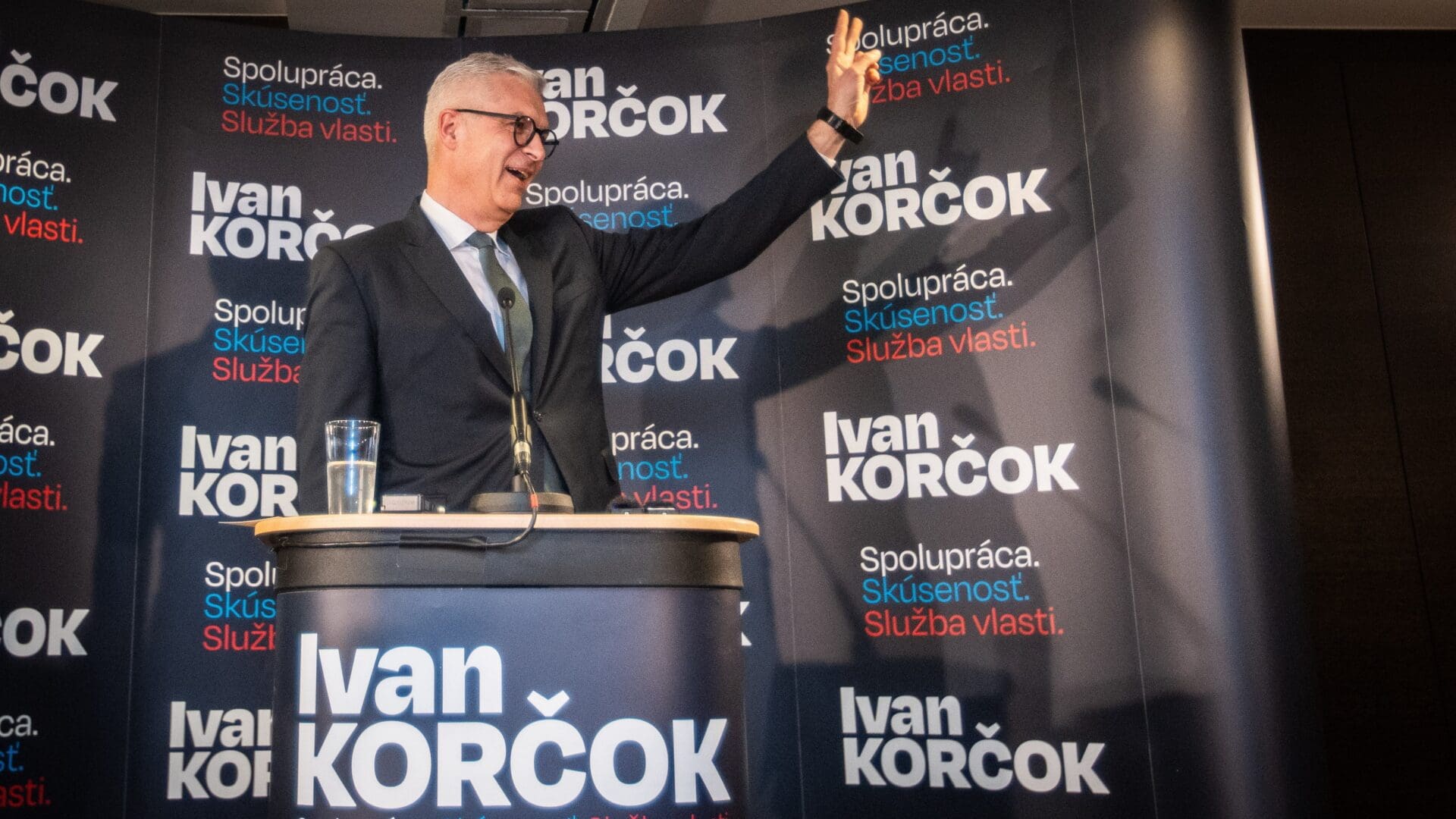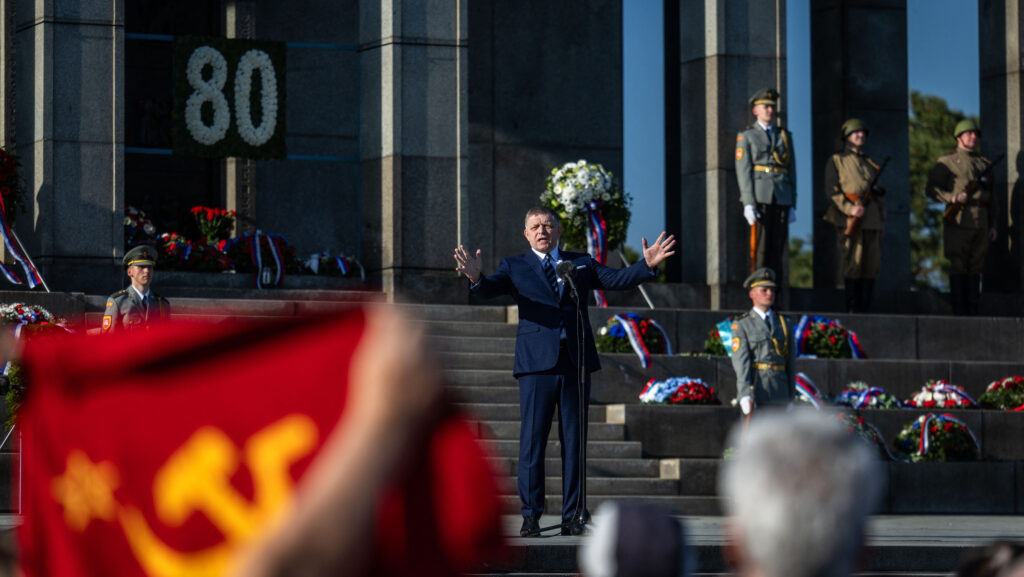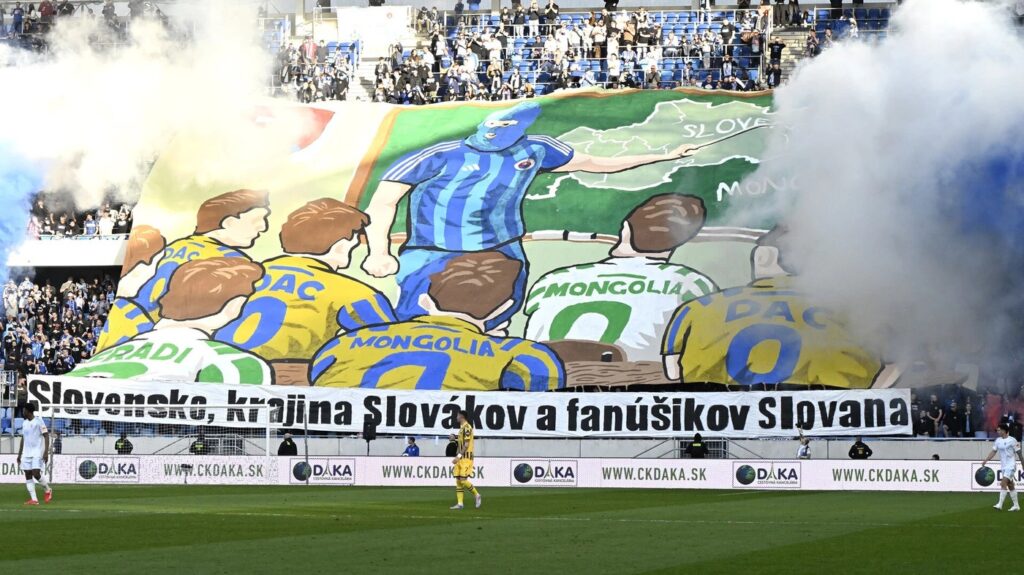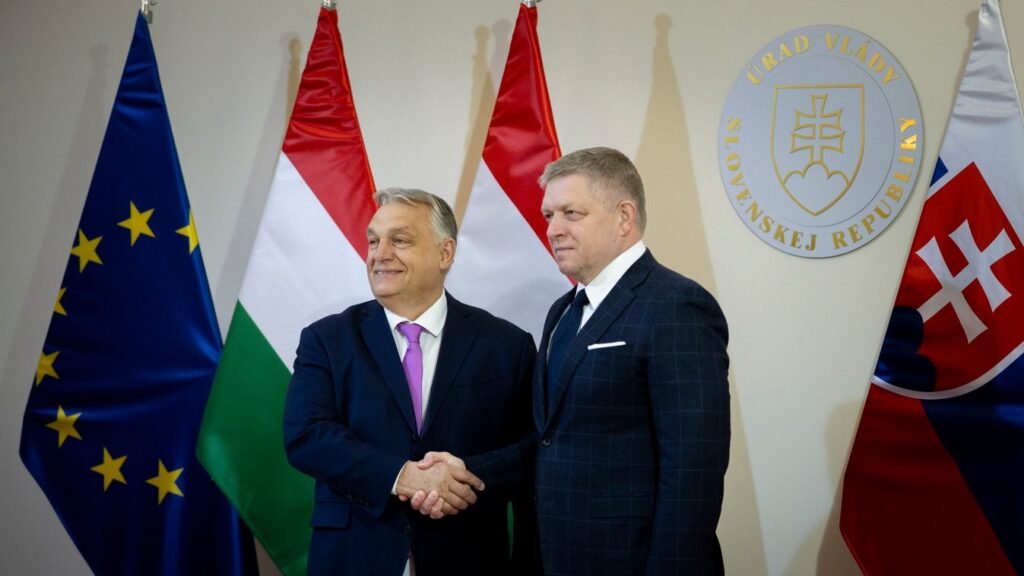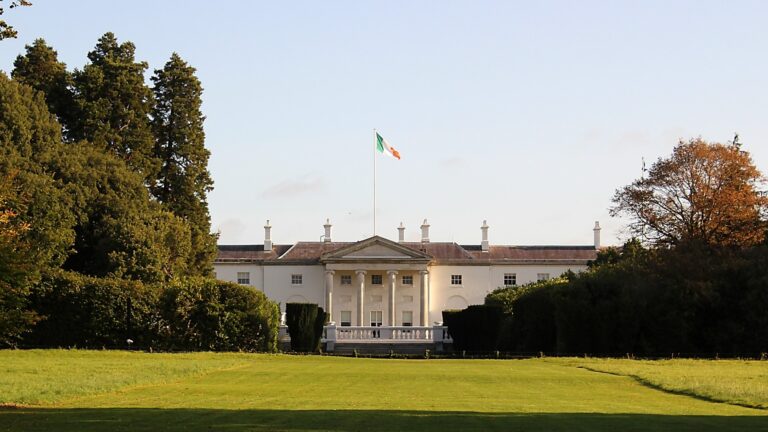The first round of the presidential election in Slovakia was held this past Saturday. Participation fell short of that of the previous parliamentary elections, barely exceeding fifty per cent.
As expected, none of the eleven candidates on the ballot obtained the fifty per cent plus one vote required to be elected, so a second round will take place in two weeks. As predicted, former Minister of Foreign Affairs Ivan Korčok (42.51 per cent) and former Prime Minister and current Speaker of the House Peter Pellegrini (37.02 per cent) qualified for the second round.[1]
While the five percentage point difference between the two candidates is slightly higher than expected, upon closer inspection of the data we can realize that Korčok was the only liberal–progressive candidate on the list, while on the national side, alongside Pellegrini, Štefan Harabin (11.73 per cent), Ján Kubiš (2.03 per cent), Marian Kotleba (0, 56 per cent), Andrej Danko and Róbert Švec (the latter two having both pulled out of the race in the endgame) also entered the ring. The nearly 265,000 votes cast for third-placed Harabin may be decisive in the second round, as it is more than double the difference between Korčok and Pellegrini (123,675).
The candidate of the Hungarian party Aliancia–Szövetség (Alliance), Krisztián Forró also fell short of expectations, as he only received 2.9 per cent of the votes (65,588). This is a significant decrease compared to ten years ago when Gyula Bárdos achieved a result exceeding five per cent.
The present outcome accurately reflects the division that has characterized the Hungarian community in Slovakia for almost 15 years.
While conservative ethnic Hungarians mainly stood behind Forró, a significant part of the liberal camp either stayed away from the polls or voted for the liberal–progressive Slovak candidate in the first round. From the Hungarian perspective, it is also ominous that the participation in the Hungarian-majority Southern areas was well below that of the rest of the country. If this trend is not reversed shortly, it could lead to dire political consequences for the whole ethnic community.
As a macro-level assessment it can be said that nothing has been decided yet. The upcoming days are expected to be filled with intense campaigning. At the same time, the main question remains: do the majority of Slovak citizens want a president with liberal or national sentiments and thinking. Whatever the case, the next weeks will definitely be an exciting period as the parties have the opportunity to appeal to both those who abstained from voting and the supporters of the candidates who did not qualify for the second round. The new president is expected to take office after 15 June 2024, when the mandate of the current head of state, Zuzana Čaputová, ends.
[1] Statistical Office of the Slovak Republic, ‘Presidential election 2024: All about interim and final results’(Bratislava 2024), https://volbysr.sk/sk/vysledky_hlasovania_kolo1.html, accessed 24 March 2024
Related articles:

